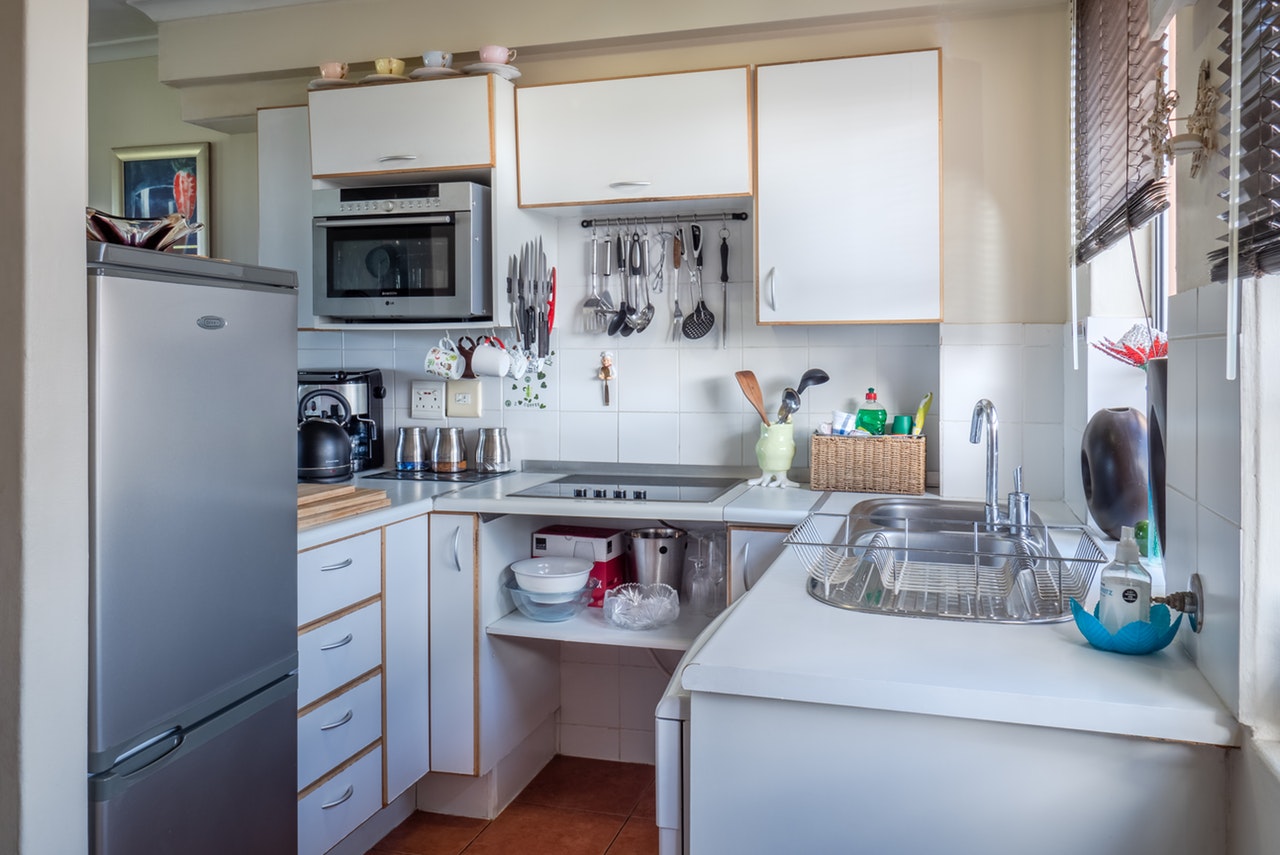When buying commercial kitchen equipment for your restaurant, the total bill can quickly run into the tens of thousands. You need to research if you want to get the most bang for your buck. Many new restaurant owners tend to focus on the menu and decor, and the kitchen becomes an afterthought. But the kitchen is the heart of the restaurant, which is why you need to plan accordingly.
Apart from the restaurant franchise cost, you’ll also have to consider how much you’re willing to spend on the kitchen. The equipment you get determines what dishes you can prepare and how many plates you can produce in a given period. But buying kitchen equipment isn’t as easy as purchasing a stove and calling it a day.
1. Budget
Your budget is basically your most significant limitation when buying kitchen equipment. You might be tempted to buy cheaper variants instead of commercial-grade equipment. But commercial equipment is designed to withstand heavy use, so buying cheaper alternatives can cost you more money in the long run when you buy replacements.
Also, just because something is more expensive doesn’t necessarily mean it’s better. It all depends on the restaurant’s individual needs. If the restaurant only has a few tables, you don’t need to get the largest commercial stove.
2. Warranty
Buying an extended warranty will give you peace of mind, something that is in short supply when running a restaurant. If your state-of-the-art gas range fails with an expired warranty, you have to spend thousands of dollars on a replacement. An extended warranty is cheaper, and you won’t have to worry about losing money.
3. Energy and water efficiency
Restaurants are notorious for consuming a lot of gas, water, and electricity. And you don’t want your kitchen to exacerbate your ballooning utility bills.
Consider buying kitchen equipment and appliances that are certified to use less power and water. You can reduce your electricity and water bills by up to a quarter if you switch to water and energy-efficient equipment.
4. Space

Space considerations limit the size and type of equipment you can get. If you have limited space, consider designing your kitchen in a way that takes advantage of vertical space. For instance, you can stack microwaves instead of placing them side by side.
5. The Menu
Your restaurant’s menu affects the kitchen equipment you need to procure. Make sure you’re getting the right type of equipment for the food you serve. After all, you don’t need to buy a deep fryer if you don’t even serve fried food.
The number of equipment should also be equal to the amount of food you expect to serve. If you have a lot of pasta, you might want to get multiple pasta boilers to ensure a fast serving time. If the menu has a lot of baked items like pizza and pies, one or two ovens won’t cut it.
If you want your food business to be a success, you need to keep these things in mind. That way, you’ll get a capable and efficient kitchen that best serves your restaurant’s needs.